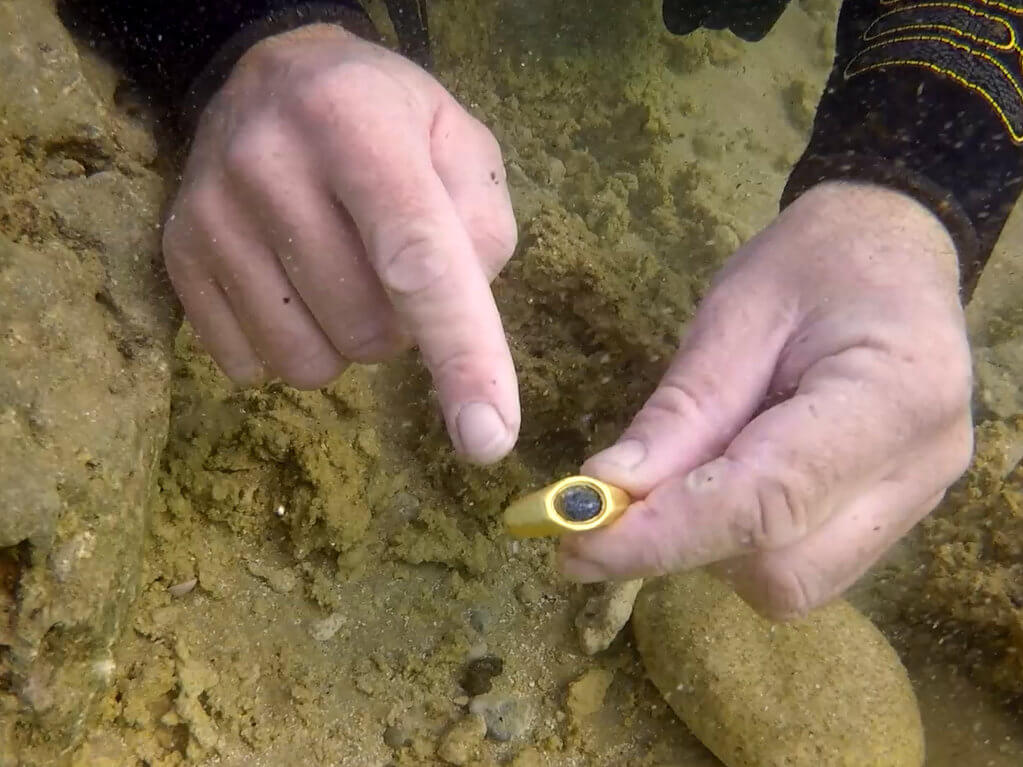NASA’s Hubble Space Telescope and the Atacama Large Millimeter/submillimeter Array (ALMA) in northern Chile looked at the universe when it was 3 billion years old. The telescopes found six early, massive, ‘dead’ galaxies that are running on empty. Meanwhile, the galaxies have no fuel, i.e., cold hydrogen gas needed for star formation.
The discovery of these galaxies highlights the harmony between Hubble and ALMA observations. Hubble pinpointed the location of stars within the galaxies. This shows where they formed in the past. On the other hand, ALMA detected the cold dust that serves as a proxy for the cold hydrogen gas. This shows astronomers where stars could form in the future if enough fuel were present.
These six galaxies lived fast and furious lives, creating their stars in a short time. How they run out of fuel for star formation remains elusive.
Lead author Kate Whitaker, assistant professor of astronomy at the University of Massachusetts, Amherst, said, “At this point in our universe, all galaxies should be forming lots of stars. It’s the peak epoch of star formation.”
The study is a part of a program called REQUIEM, an abbreviation for Resolving QUIEscent Magnified Galaxies At High Redshift. The REQUIEM team uses extremely massive foreground galaxy clusters as natural telescopes.
The immense gravity of a galaxy cluster warps space, bending and magnifying light from background objects. When an early, massive, and very distant galaxy is positioned behind such a cluster, it appears greatly stretched and magnified, allowing astronomers to study details that would otherwise be impossible to see. This is called “strong gravitational lensing.”
Thanks to the exquisite resolution of Hubble and ALMA with this strong lensing, the team could understand the formation of these six galaxies, which appear as they did only a few billion years after the big bang.
Whitaker said, “By using strong gravitational lensing as a natural telescope, we can find the distant, most massive, and first galaxies to shut down their star formation. I like to think about it like doing the science of the 2030s or 40s – with powerful next-generation space telescopes – but today instead by combining the capabilities of Hubble and ALMA, which are boosted by strong lensing.”
The findings are published in the journal Nature.
Note: This article have been indexed to our site. We do not claim ownership or copyright of any of the content above. To see the article at original source Click Here













